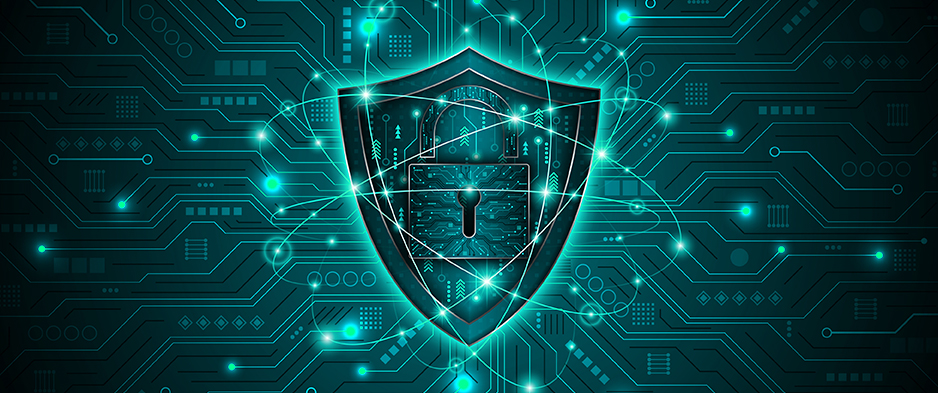In industrial automation, cybersecurity has become a strategic priority. The growing interconnection between IT and OT systems, sensors, smart machines, and control infrastructures is exposing production facilities to an ever-wider range of digital threats. In this scenario, the use of Digital Twins in cybersecurity stands out as one of the most promising innovations for anticipating, containing, and responding effectively to cyberattacks.
A Digital Twin is a virtual replica of a physical system — a digital model that mirrors, in real time, the behavior, processes, and data flows of a plant, machine, or entire production line. Originally designed to optimize engineering and predictive maintenance, digital twins have found a new role in industrial cybersecurity. With their ability to simulate realistic scenarios, analyze operational data, and predict anomalies, they have become powerful tools for preventing incidents and strengthening the resilience of cyber-physical systems.
How Digital Twins Enhance Cybersecurity
Digital Twins are mainly used as platforms for continuous monitoring and simulation. In OT environments, where any downtime can lead to significant losses, using Digital Twins in cybersecurity allows companies to test updates, configuration changes, and security policies without interrupting actual production. Organizations can simulate cyberattacks, assess device responses, and identify weak points before problems arise. This predictive capability transforms security management from a reactive to a preventive approach, reducing both risk and response time.
In addition, Digital Twins are increasingly integrated with artificial intelligence and machine learning algorithms. These digital models can detect unusual data patterns and identify deviations from normal operating parameters. In SCADA environments or additive manufacturing, they can expose subtle intrusions and suspicious behavior that often go unnoticed by traditional systems. A Digital Twin can also simulate the potential effects of an attack, estimating its impact on production, quality, and energy costs.
Beyond current applications, Digital Twins open compelling future scenarios. They could evolve into platforms for predictive cybersecurity, where the analysis of historical data and simulations helps anticipate emerging threats and prepare automated countermeasures. Other developments include autonomous simulations of attacks and defenses, capable of learning and updating security policies on their own — making industrial protection more dynamic and adaptive.
Digital Twins can also play a key role in workforce training, providing advanced virtual environments where teams can test new defense strategies and refine operational protocols.
Key Benefits of Digital Twins in Cybersecurity
The use of Digital Twins in cybersecurity offers multiple advantages. First, it provides greater visibility over attack surfaces and critical processes, enabling early identification of hidden vulnerabilities before they can be exploited. Adopting Digital Twins also supports compliance with industrial regulations and standards. Their ability to record simulated and real events simplifies audits and verifications, demonstrating the effectiveness of protection measures and improving overall governance.
From an operational standpoint, digital twins make it possible to mitigate risks proactively. The combination of real-time monitoring, advanced simulation, and predictive analytics reduces response times, downtime, and financial impact. At the same time, they help improve efficiency, product quality, and system reliability — merging safety and performance into a single strategic framework.
Despite their advantages, using Digital Twins for cybersecurity still presents challenges. Building accurate models requires comprehensive data and robust digital infrastructure. Moreover, the technology itself can be a target of unauthorized access and must therefore be protected through encryption, authentication, and network segmentation dedicated to simulation environments.
In conclusion, the role of Digital Twins will continue to grow alongside the evolution of AI, cloud, and edge computing, making them increasingly autonomous and capable of responding to threats in real time.

